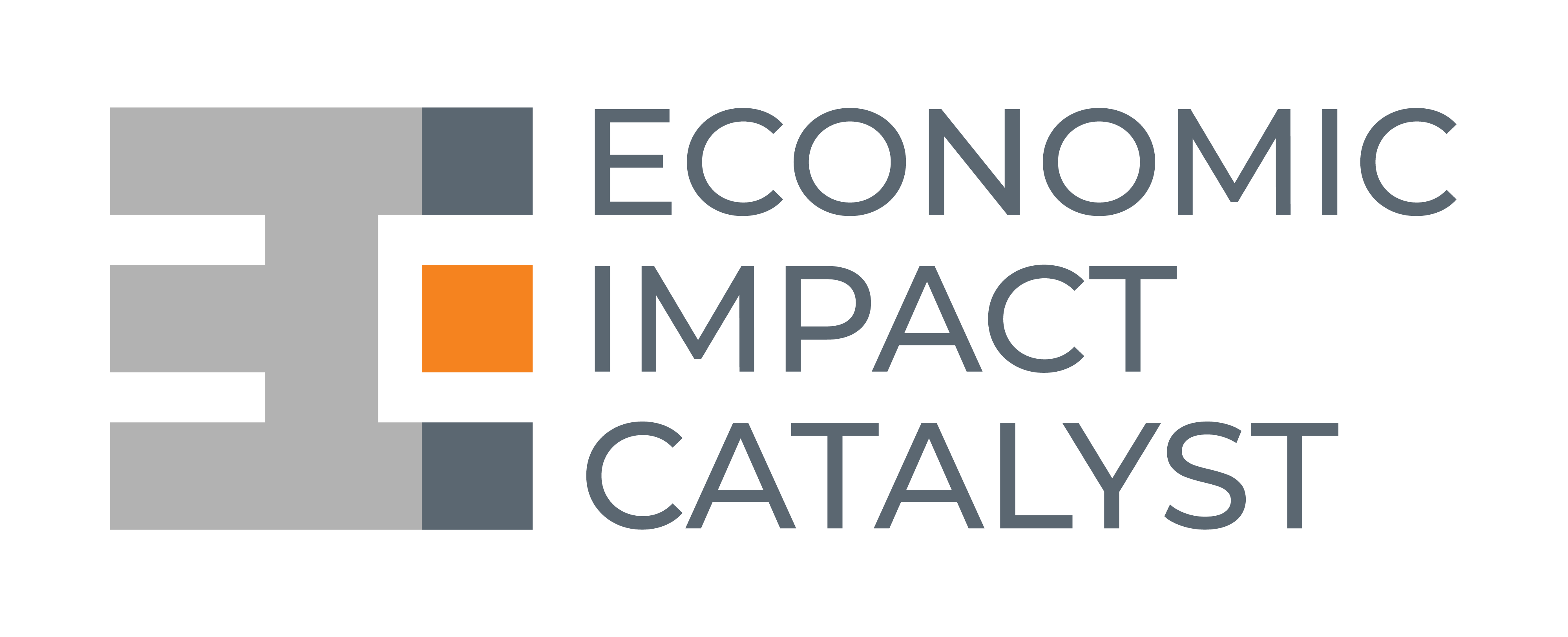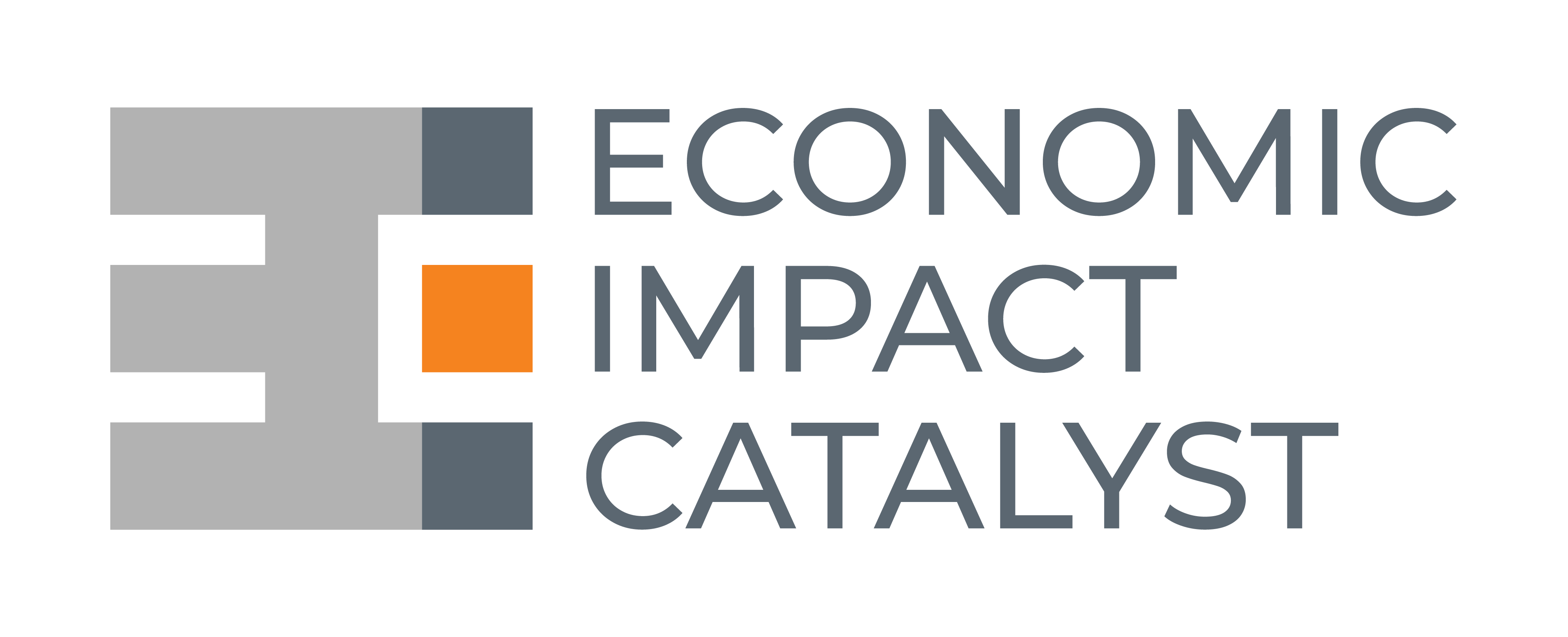In times of crisis, ensuring our communities are well-built and resilient is essential. A resilient community is one that can withstand shocks, adapt to changes, and recover quickly from disruptions. However, the foundation of resilience is not built overnight; it requires careful planning, collaboration, and the creation of a connected ecosystem that can support its members in both crisis and non-crisis situations. Resilience is not just about bouncing back; it’s about bouncing forward, and using challenges as opportunities for growth and improvement. In this blog post, we’ll explore the key components of community resiliency, focusing on the creation of a connected ecosystem well in advance of a crisis.
Creation of a Connected Ecosystem
The heart of community resilience lies in the establishment of a connected ecosystem that facilitates information flow, collaboration, and mutual support. This ecosystem brings together individuals, businesses, nonprofits, government agencies, and other stakeholders who share a common interest in the well-being of the community. Importantly, this connected ecosystem should be built well in advance of any crisis, fostering relationships and networks that can be leveraged when the need arises. Like in any disaster response plan, the proactive development of such an ecosystem lays the groundwork for effective response and recovery when challenges arise.

1. Faster Response Times:
A pre-established connected ecosystem allows for quicker response times during a crisis. Relationships, communication channels, and coordination mechanisms are already in place, enabling rapid mobilization of resources, information, and assistance.
2. Trust and Relationships:
Time is needed to build trust and relationships within a community. Establishing these connections in advance ensures that stakeholders are more likely to collaborate and work together during a crisis. Trust accelerates decision-making and resource allocation.
3. Effective Resource Allocation:
With a connected ecosystem in place, resources can be allocated more efficiently. There’s a clear understanding of who can provide what type of support, which minimizes redundancy and ensures that resources reach those who need them most.
4. Effective Communication:
During a crisis, clear and timely communication is paramount. An existing network of communication channels, both formal and informal, ensures that vital information is disseminated accurately and reaches all relevant parties.
5. Knowledge Sharing:
An established ecosystem allows for continuous knowledge sharing. When the community regularly collaborates and shares information, it becomes more adaptable and can draw on collective knowledge to address new challenges and keep on top of updates.
6. Collaborative Solutions:
Developing solutions in the midst of a crisis is challenging. An existing ecosystem enables collaborative problem-solving. Different stakeholders can pool their expertise, leading to more comprehensive and innovative solutions.
7. Resource Mobilization:
In times of crisis, resource availability might be limited. A connected ecosystem can identify gaps in resources early on and mobilize support from various relevant sources in the community.
8. Inclusivity:
An ecosystem built ahead of time can ensure inclusivity by addressing potential disparities in access to information and resources. It allows for the development of strategies to reach vulnerable and marginalized populations.
9. Reduced Panic:
In a crisis, panic and uncertainty can lead to poor decisions and ineffective responses. An established connected ecosystem provides a sense of stability and confidence, helping to manage panic and maintain a more focused approach.
10. Learning from Past Experiences:
An ecosystem that has been active during non-crisis times can learn from past experiences and continuously improve. Post-crisis assessments and reflections become more meaningful when there’s a foundation of prior collaboration.
11. Preventive Measures:
A connected ecosystem is not only about crisis response but also about preventive measures. Collaborative efforts can lead to identifying potential risks and taking actions to mitigate them before they escalate into crises.
12. Long-Term Sustainability:
Community resiliency is not just about bouncing back from crises but also about long-term sustainability and growth. An established ecosystem supports ongoing development initiatives that contribute to a community’s overall well-being.
Trusted Connectors
The foundation of a resilient ecosystem is built by having “boots on the ground” – individuals who are deeply rooted in the community and act as trusted connectors. These individuals have a finger on the pulse of local needs, concerns, and resources. They play a crucial role in bridging gaps, disseminating information, and mobilizing resources when necessary. Their established connections and influence can significantly expedite the response to a crisis and are invaluable when building a connected ecosystem.
Language Capabilities
Though diversity powers communities with a wealth of strengths, facilitating cohesive communication across diverse populations requires focused effort. To build an inclusive and resilient ecosystem, language capabilities are essential. Ensuring that communication channels, resources, and information are available in multiple languages helps reach a broader audience and ensures that no one is left behind during times of crisis.
Digital Divide
Access to technology and the internet can make a significant difference when determining a community’s ability to be resilient. However, the digital divide – the gap between those who have access to technology and those who don’t – remains a challenge. Building a connected ecosystem involves addressing this divide by providing training, resources, and access to technology for all community members, regardless of their economic background.
Crisis and Non-Crisis Resilience
Community resilience is not solely about reacting to crises; it’s also about cultivating a strong foundation for everyday challenges and opportunities. When a crisis hits, a connected ecosystem allows for swift communication, coordination, and resource mobilization. Trusted connectors and established networks ensure that support reaches those who need it most. A well-connected ecosystem prevents duplication of efforts by ensuring that resources are distributed effectively. It also enables stakeholders to identify gaps and mobilize resources to fill them. With diverse perspectives and expertise within the ecosystem, communities can develop adaptive strategies to navigate unforeseen challenges and uncertainties.
In times of stability, a connected ecosystem encourages collaborative innovation. Businesses, organizations, and individuals can work together to identify opportunities for growth and development. Regular interactions within the ecosystem help build trust and relationships. This, in turn, enables the sharing of knowledge, skills, and resources, enhancing the overall capacity of the community. A connected ecosystem empowers individuals and organizations by providing access to information, mentorship, and resources that can drive sustained success and growth.

Early Ecosystem Building: Preparing for Crisis
During the COVID-19 pandemic, EIC played a pivotal role in preparing business owners in the southeast Michigan region for a crisis situation through the Startup Space platform by cultivating a connected ecosystem relatively early amidst disaster. The approach included anticipation, as EIC foresaw challenges faced by southeast Michigan businesses, setting the stage for a proactive response. EIC collected COVID-19 resources in the community and then built them into the Startup Space platform, ensuring instant access during the pandemic and facilitating a swift response leveraging the ecosystem.
EIC’s initiative not only addressed immediate crises but also fortified long-term community resilience. This Michigan model stands as an exemplary guide for organizations, emphasizing the significance of early ecosystem development. In sum, EIC’s Michigan endeavor demonstrates that proactive ecosystem building equips communities to navigate challenges with strength, collaboration, and foresight. Access the collected resources here.
Conclusion
Community resiliency is an ongoing effort that requires proactive planning and collaboration. By creating a connected ecosystem well in advance of any crisis, communities can position themselves to respond effectively to challenges and seize opportunities for growth. Gathering trusted connectors and addressing language capabilities and the digital divide are all integral components of building a resilient community through a connected ecosystem. Whether in times of crisis or calm, the power of community resilience lies in its ability to unite diverse stakeholders toward a common goal: building a stronger, more adaptable, and prosperous community poised for success.
About EIC
At Economic Impact Catalyst, our mission is to activate a world where there is equitable and inclusive access to entrepreneurship. We believe that entrepreneurship is the key to equitable and inclusive economic development. Our team’s main focus every day is to make it easier for founders to launch businesses in order to create wealth for themselves, for their teams, and for their communities. To learn more about our technology and market research solutions, built exclusively to catalyze entrepreneurship-led economic development efforts, book a call with us today.


